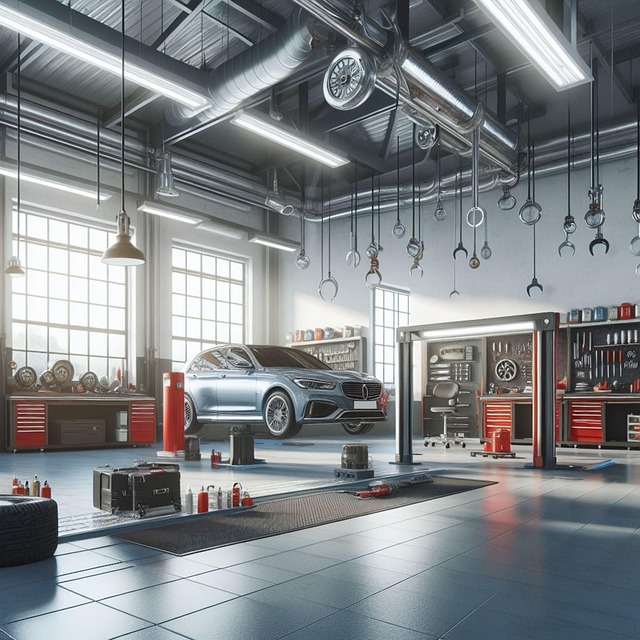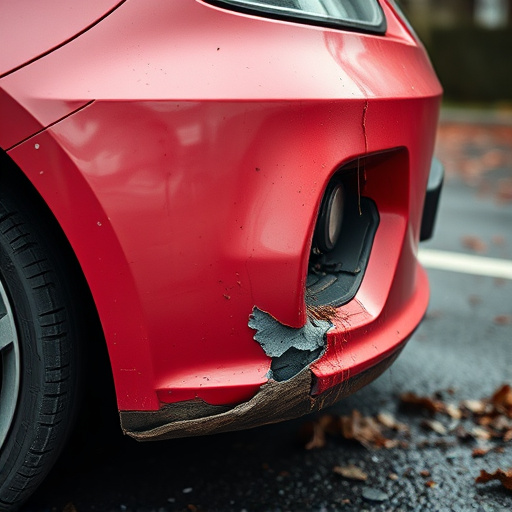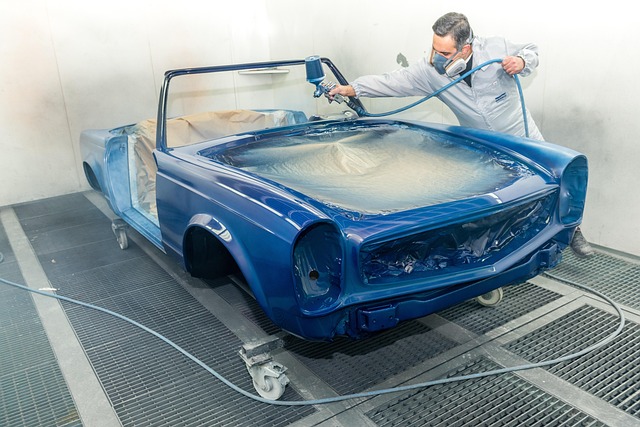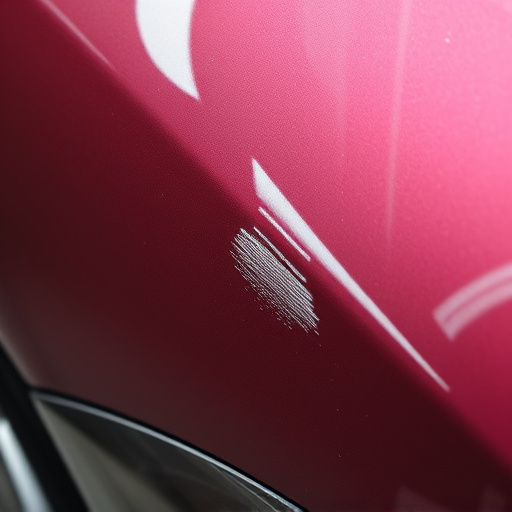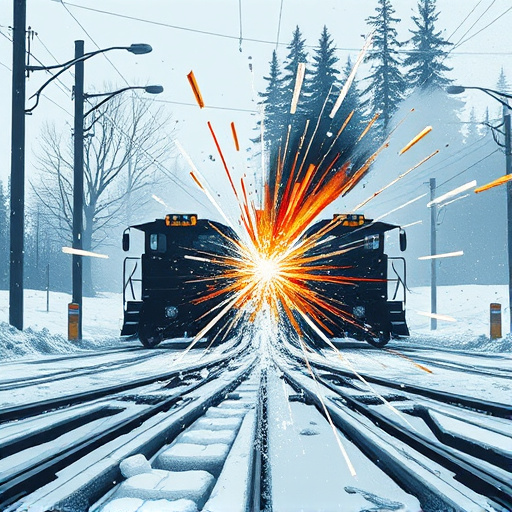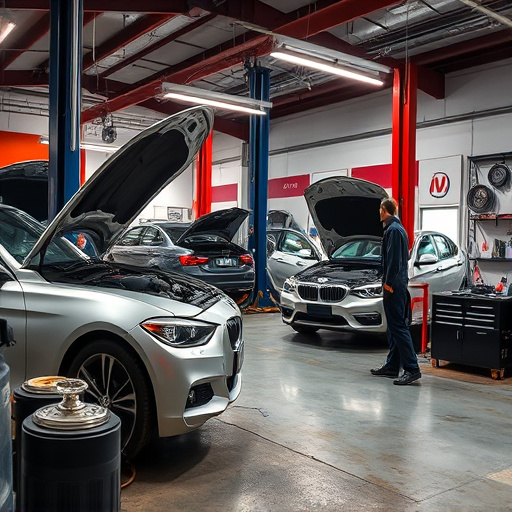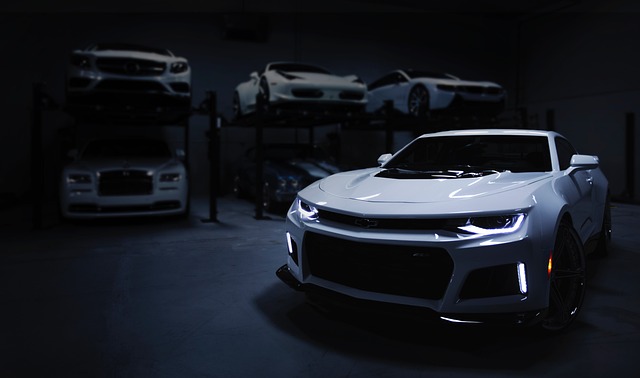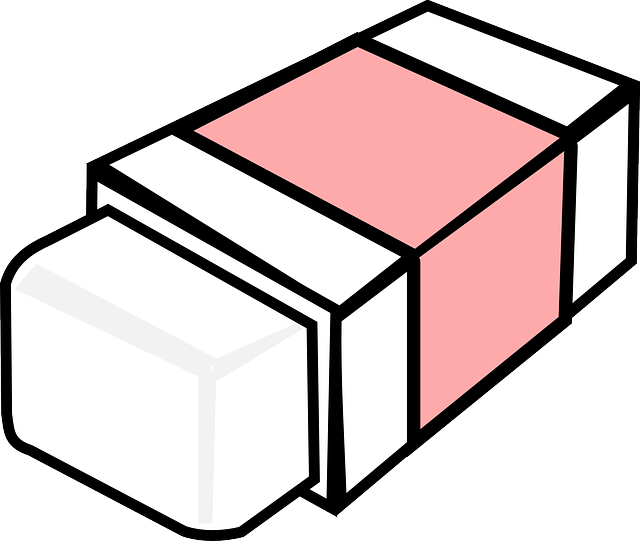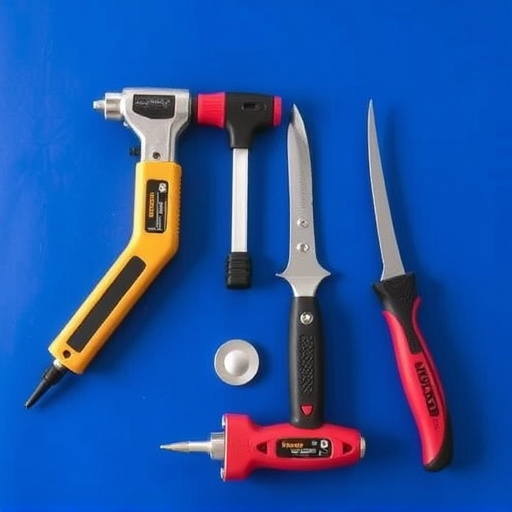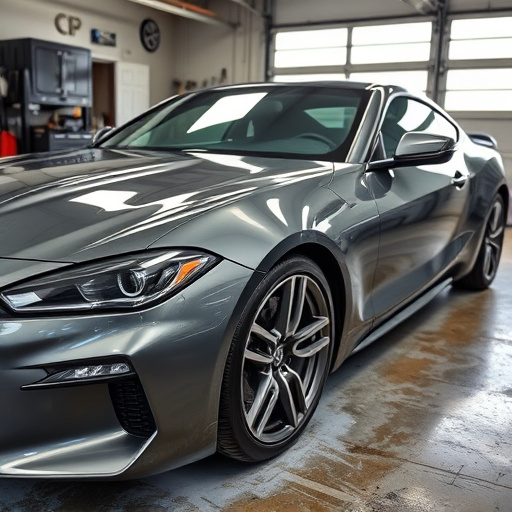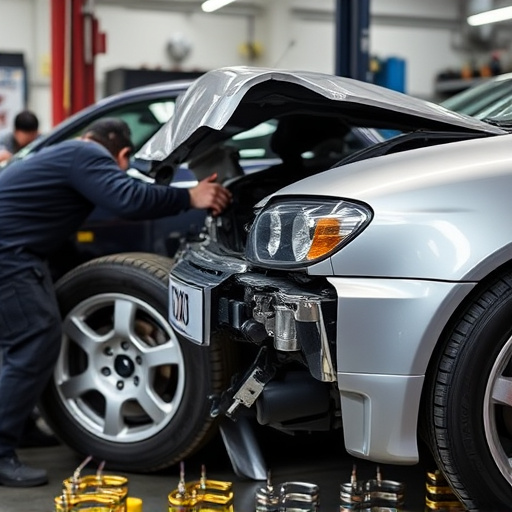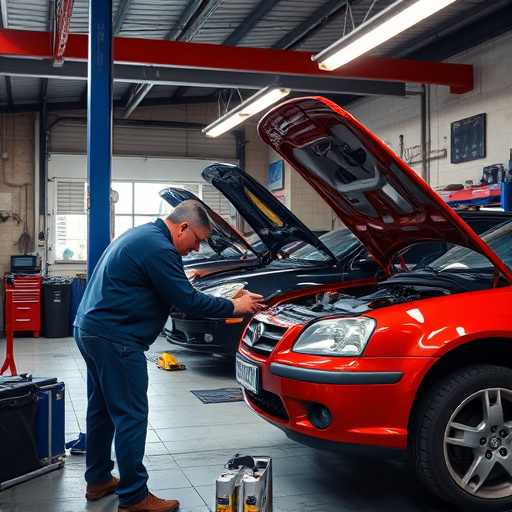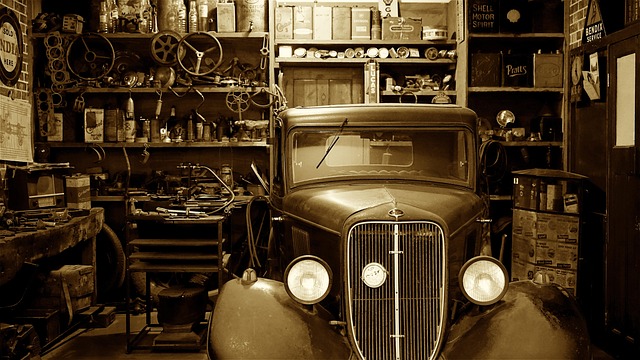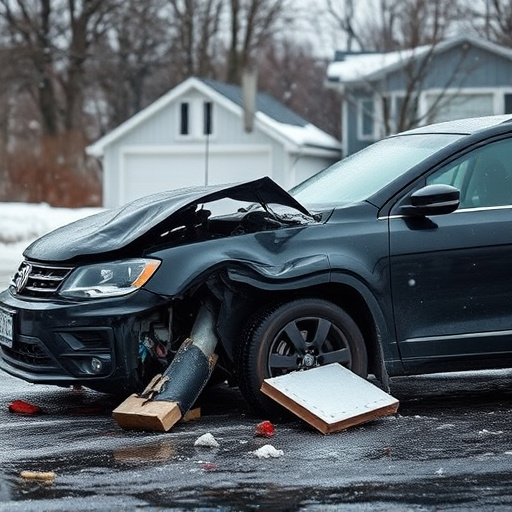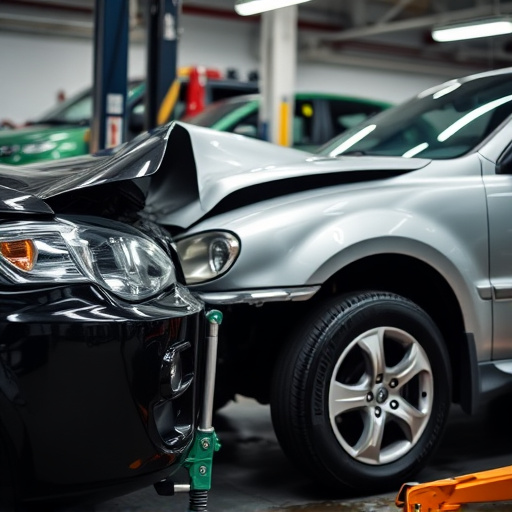Tesla glass replacement requires specialized techniques due to the car's unique design and safety features. A comprehensive procedure involves assessing damage, maintaining Autopilot integrity with OEM parts, and ensuring professional repair for optimal vehicle performance and safety, especially regarding advanced driver-assistance systems (ADAS). Balancing public opinion on Autopilot is crucial, emphasizing responsible usage and clear communication while prioritizing proactive Tesla glass replacement maintenance post-collisions to mitigate risks.
Tesla glass replacement is a topic of growing interest as electric vehicle (EV) technology advances. This article delves into the process of replacing Tesla’s distinctive glass, exploring how it affects both vehicle performance and safety. We analyze the Autopilot feature, questioning its benefits versus potential distractions. Furthermore, we discuss the owner experience and liability implications, providing insights into the multifaceted impact of Tesla glass replacement in today’s automotive landscape.
- Understanding Tesla Glass Replacement Process
- Autopilot Feature: Enhancing Safety or Distraction?
- The Impact on Owner Experience and Liability
Understanding Tesla Glass Replacement Process

Tesla glass replacement is a specialized process that requires advanced techniques and precise handling due to the unique design and features of Tesla vehicles. The company prioritizes safety and quality, ensuring that every component, including windows, are meticulously engineered. When it comes to replacing a damaged or shattered window, Tesla owners can expect a straightforward yet comprehensive procedure.
The process begins with an assessment to determine the extent of damage and compatibility with the vehicle’s Autopilot feature. Autopilot, Tesla’s advanced driver-assistance system (ADAS), relies on clear and unobstructed glass for optimal functionality. Therefore, any repair or replacement must adhere to stringent standards to maintain its integrity. This may involve using OEM (Original Equipment Manufacturer) parts, which are designed to meet Tesla’s exact specifications, ensuring seamless integration with the car’s systems. Consequently, engaging professional services specializing in Tesla repairs, including auto body repairs and auto glass repair, is paramount to preserving both vehicle performance and safety features like Autopilot.
Autopilot Feature: Enhancing Safety or Distraction?

The Autopilot Feature on Tesla vehicles has sparked both excitement and controversy. Proponents argue that it enhances safety by automating certain driving tasks, reducing human error and potential accidents. However, critics raise concerns about driver distraction and the potential for over-reliance on technology. With Tesla glass replacement becoming increasingly common as a result of Autopilot-related incidents, it’s crucial to balance these perspectives.
One perspective holds that while Autopilot can assist in heavy traffic or long drives, drivers should remain vigilant and not completely relinquish control. After all, the responsibility for safety ultimately lies with the driver, even when utilizing advanced driver-assistance systems (ADAS). On the other hand, some advocate for stricter regulations to ensure proper usage of Autopilot features, encompassing responsible design and clear communication to prevent potential distractions during car body repair or automotive restoration processes that might arise from overconfidence in the technology.
The Impact on Owner Experience and Liability

For Tesla owners, the combination of advanced technology and sleek design has long been a draw. The Autopilot feature, in particular, offers an unparalleled driving experience. However, when it comes to Tesla glass replacement, especially after a car collision repair, the owner experience can be significantly impacted. The process, if not handled swiftly and efficiently by professional car repair services, may disrupt the seamless integration of these cutting-edge features.
This disruption extends beyond mere inconvenience; it also influences liability. In the event of a crash, proper car bodywork repairs, including Tesla glass replacement, are crucial to ensure the safety and functionality of Autopilot systems. Owners should remember that while technology can enhance driving, it remains a responsibility to maintain and repair their vehicles according to manufacturer standards. This proactive approach not only ensures optimal performance but also mitigates potential risks associated with faulty car collision repairs, thereby safeguarding both the owner experience and overall vehicle safety.
Tesla’s implementation of the Autopilot feature, coupled with its unique glass replacement process, presents a complex scenario for both owner experience and liability. While Autopilot promises enhanced safety, it also raises concerns about potential distractions and driver vigilance. As for Tesla glass replacement, the streamlined process offers convenience but may require owners to navigate insurance and cost considerations. Ultimately, understanding these factors is crucial for Tesla owners to make informed decisions regarding their vehicle’s maintenance and safety features.
